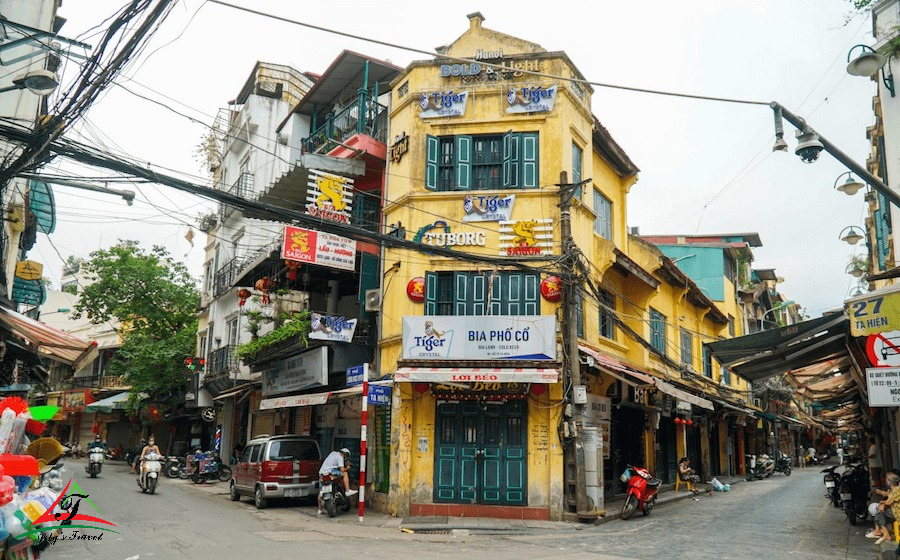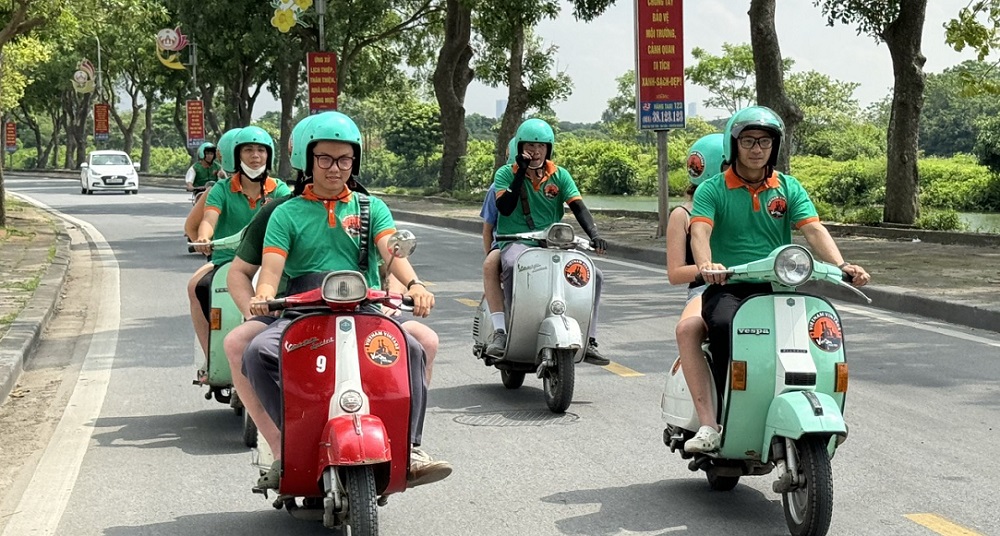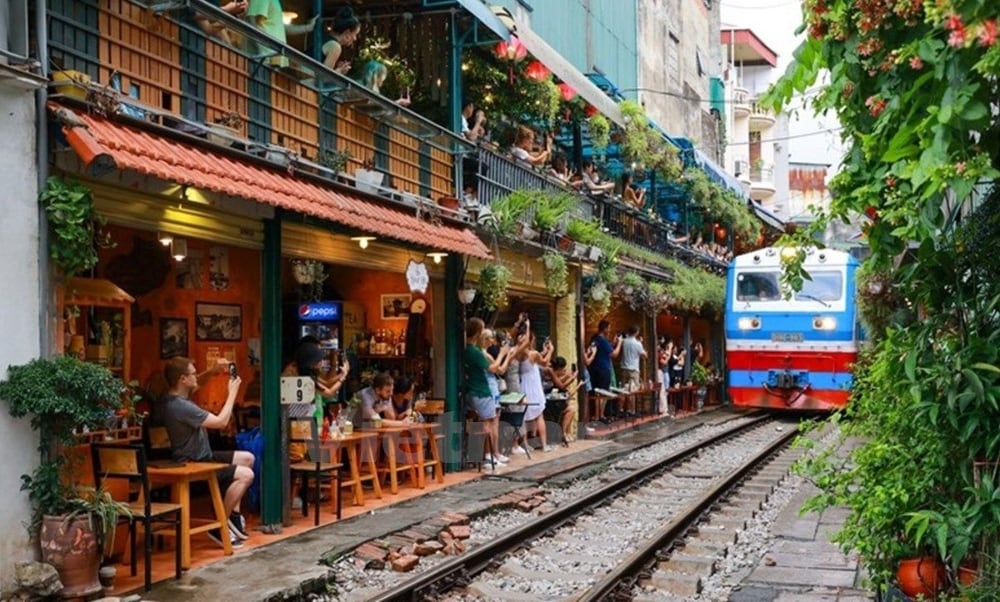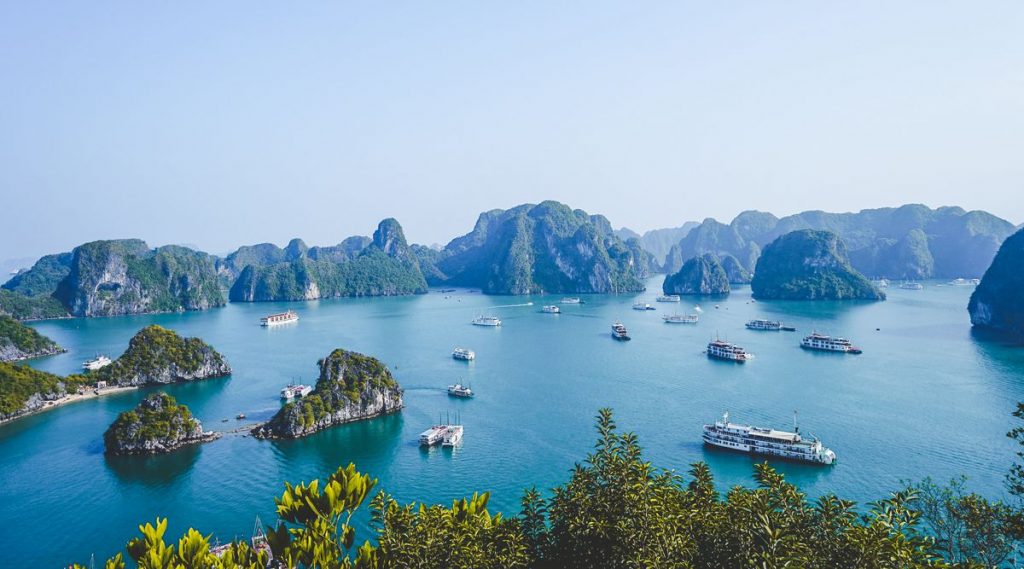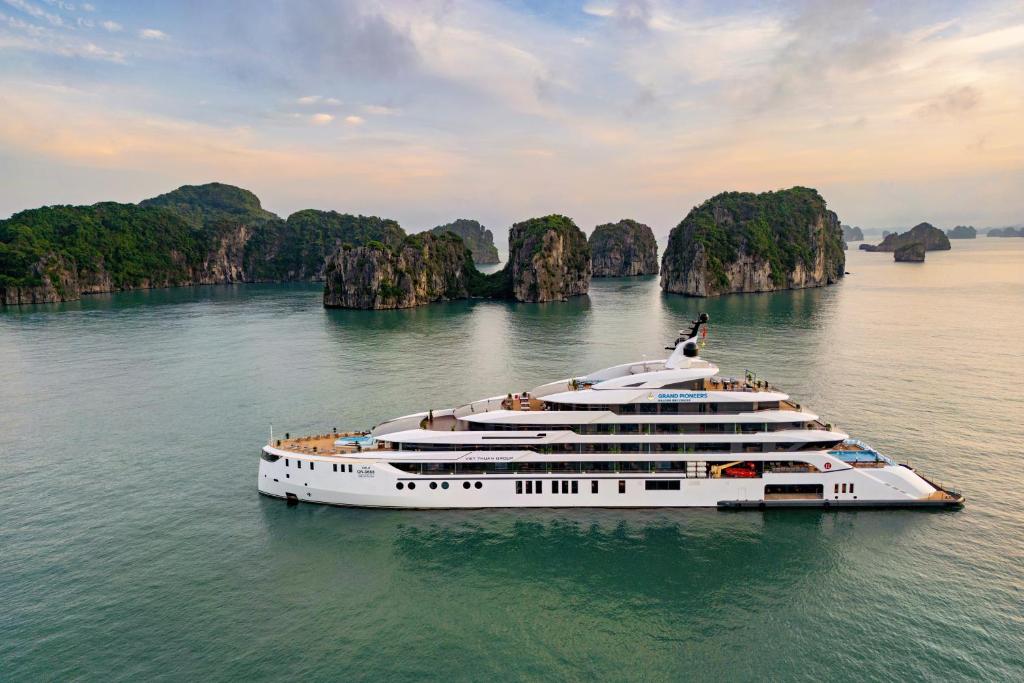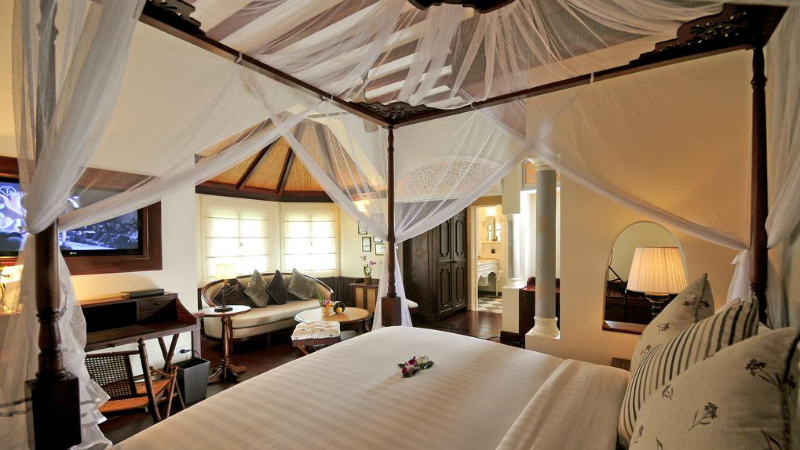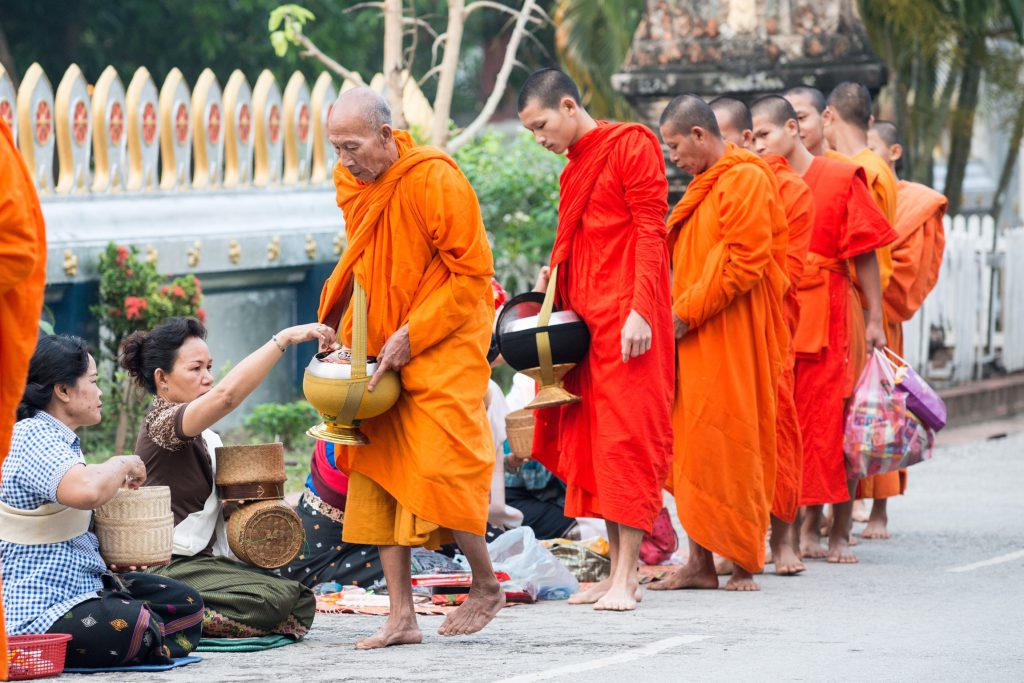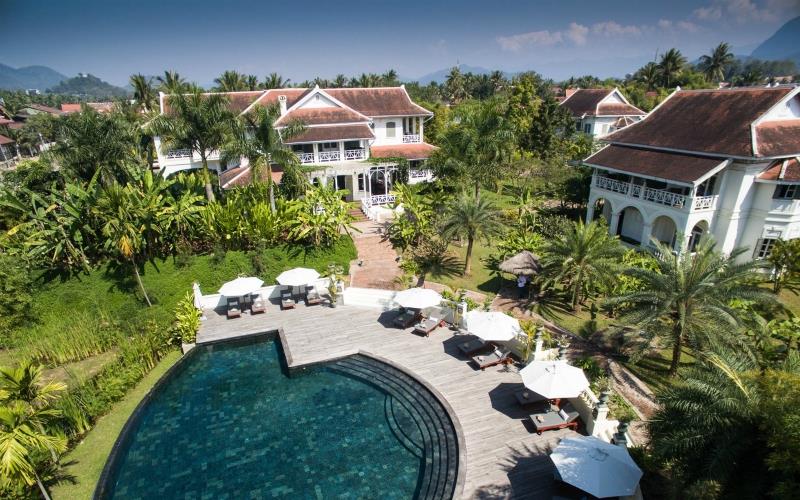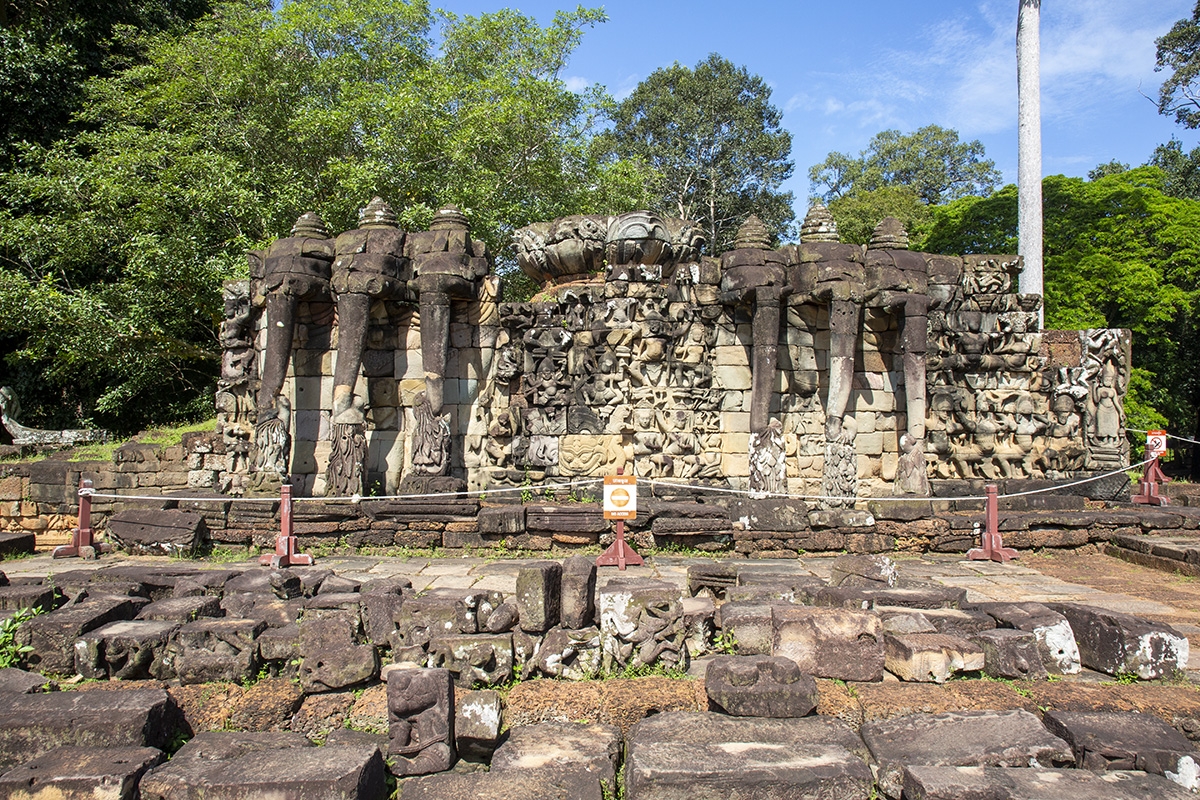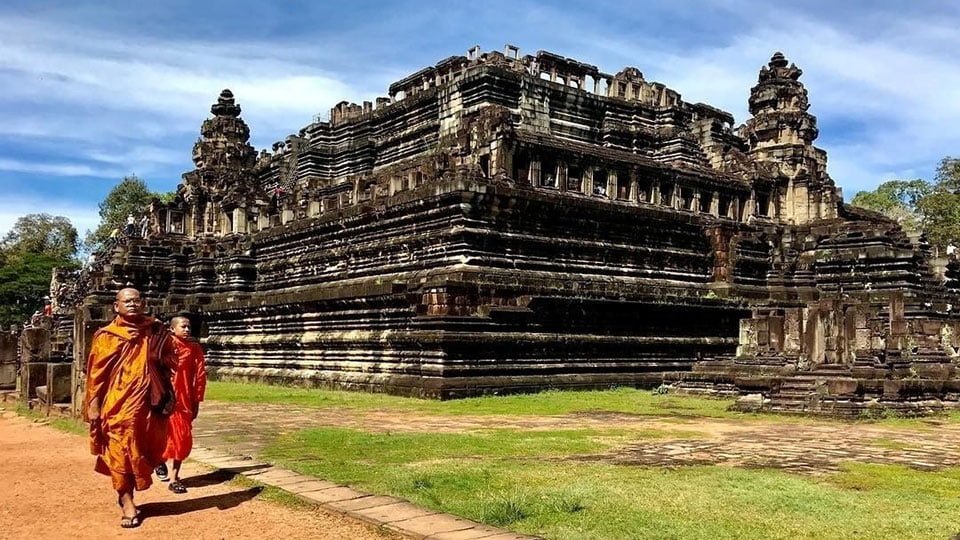Day 8 : Hanoi City Tour ( B/L)
After breakfast, begin your exploration of Hanoi, Vietnam’s charming capital city, where ancient traditions blend seamlessly with modern life.
Your first stop is Ba Dinh Square, home to some of the city’s most important landmarks. Visit the Ho Chi Minh Mausoleum (closed on Mondays and Fridays), where the beloved national leader rests in state, and continue to the Presidential Palace and Ho Chi Minh’s Stilt House, a simple wooden dwelling that reflects his modest lifestyle. Nearby, visit the One Pillar Pagoda, an iconic symbol of Hanoi, originally built in the 11th century to represent a lotus blossom rising from the water.
Next, explore the Temple of Literature, Vietnam’s first national university, founded in 1070 and dedicated to Confucius. Stroll through its serene courtyards and ancient stone tablets, gaining insight into the country’s long tradition of scholarship and respect for learning.
After lunch at a local restaurant, continue to the Vietnam Museum of Ethnology (or Hoa Lo Prison Museum, depending on your preference), where fascinating exhibits showcase the rich cultural diversity of Vietnam’s 54 ethnic groups.
Later in the afternoon, take a cyclo ride through the bustling streets of the Old Quarter, famous for its narrow lanes and lively atmosphere. Pass by local markets, colonial shop houses, and hidden temples, capturing the essence of daily life in Hanoi.
End the day with a visit to Hoan Kiem Lake and Ngoc Son Temple, set on a small island connected by the iconic red bridge. Learn about the legend of the “Restored Sword” that gives the lake its name.
Return to your hotel in the evening.
Meals: Breakfast, Lunch
Overnight at : Metropole Hanoi
Upgrade : Intercontinental , Grand Mercure or others


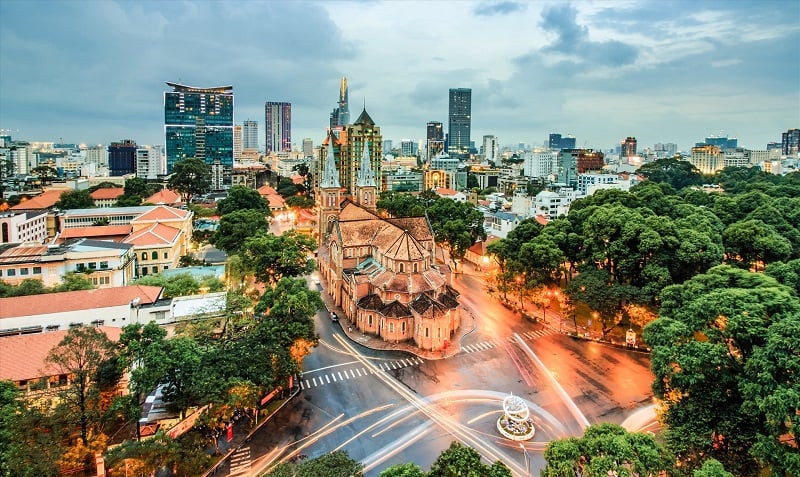
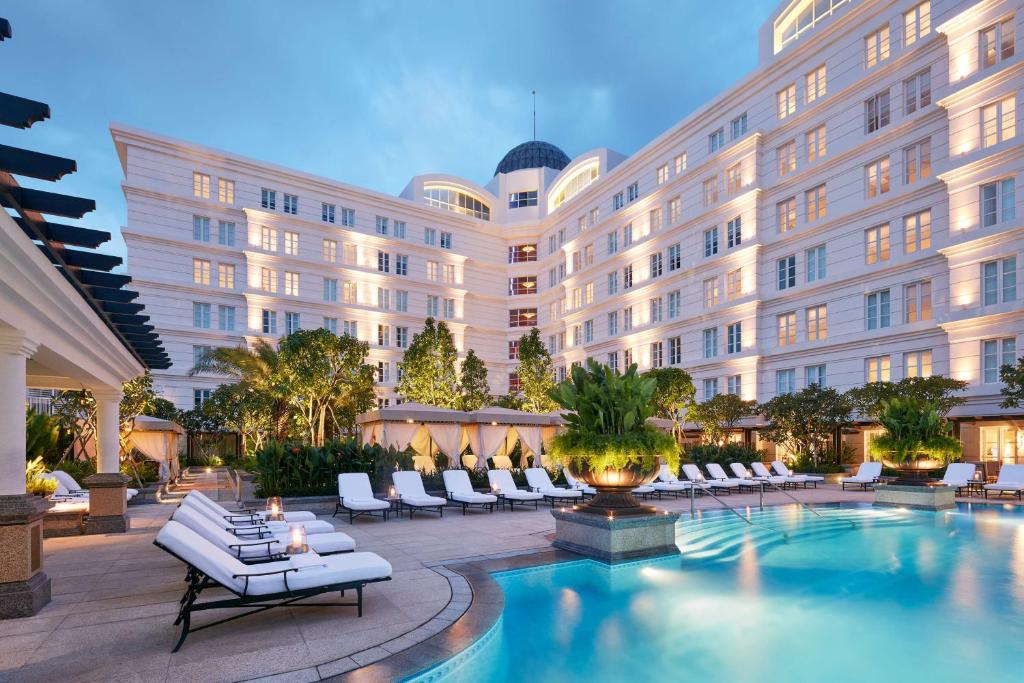


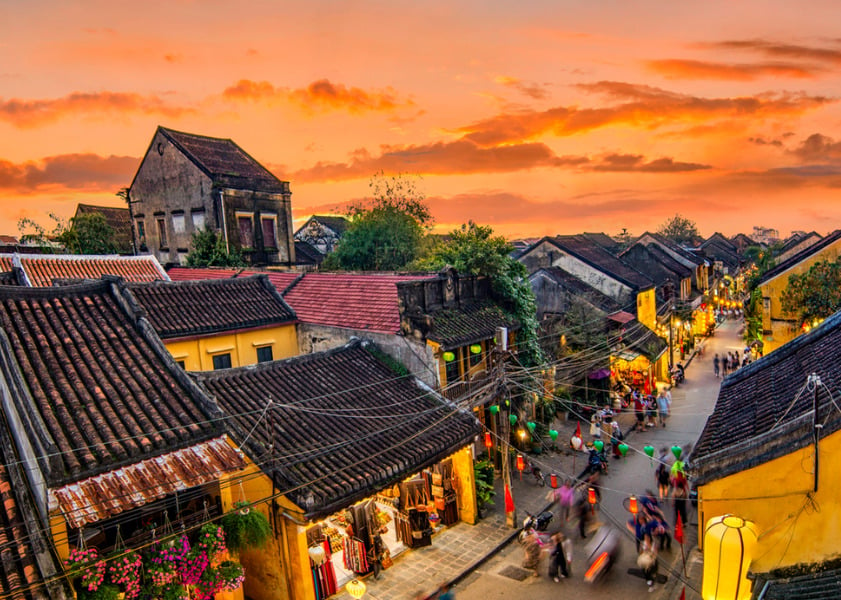




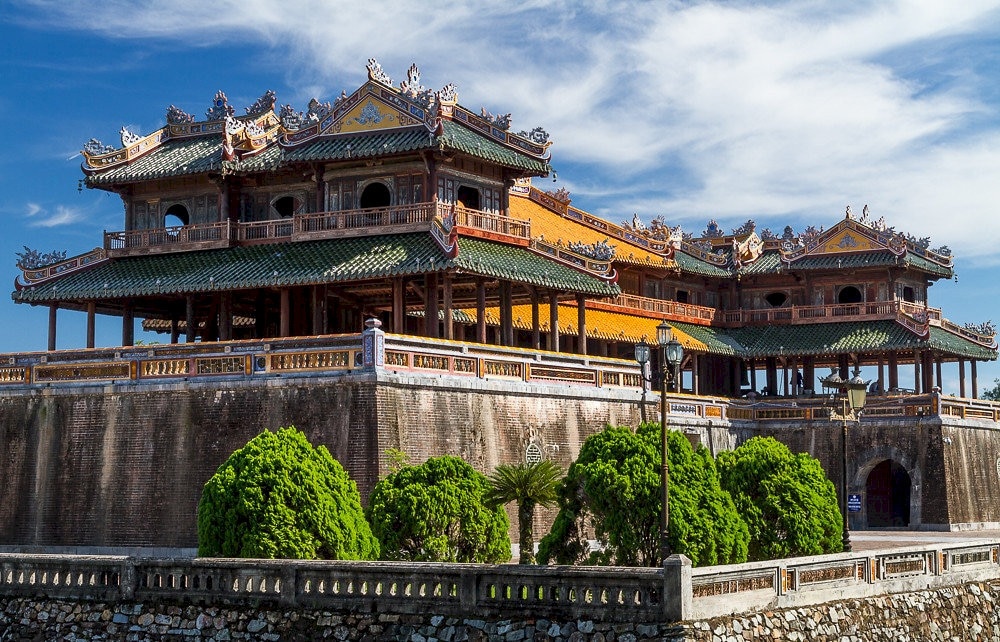


.jpg)

